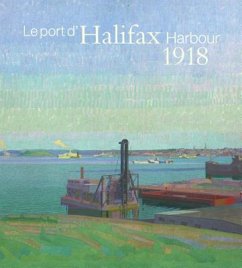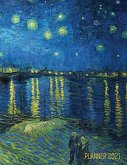In the year after Halifax was devastated by the Explosion, Harold Gilman and Arthur Lismer were working in the city as war artists. Commissioned by the Canadian War Memorials Fund to record the war activity on the home front, the two men struck up a friendship and sketched side-by-side on occasion. With the effects of the Explosion still clearly visible, Gilman and Lismer turned their attention to the busy harbour. Gilman wiped clean the desolation, ignoring the site of a human-made disaster in favour of a serene landscape. His large-scale painting, Halifax Harbour, was his most ambitious canvas and his last undertaking before his early death in 1919. In contrast, Lismer, a founding member of the Group of Seven, recorded the lively activity of the busy naval hub, producing dynamic paintings, prints, and drawings of camouflaged battleships cruising through the Maritime seascape. Halifax Harbour 1918 examines the genesis of Gilman and Lismer's evocative and powerful responses to the First World War. C'est un an après l'explosion qui a provoqué la dévastation d'Halifax qu'Harold Gilman et Arthur Lismer deviennent artistes de guerre dans la ville. Les deux hommes se lient d'amitié en faisant ensemble des esquisses à l'occasion pour le Fonds de souvenirs de guerre canadiens, qui leur a demandé d'immortaliser les activités militaires sur le front intérieur. Les effets de l'explosion encore visibles, l'attention de Gilman et de Lismer se dirige toutefois sur le port animé. Gilman ignore la désolation, car il choisit de représenter ce site dans un paysage lumineux et non comme un lieu marqué par une catastrophe humaine. Sa très grande toile Le port d'Halifax est l'une de ses plus ambitieuses et la dernière réalisée avant sa mort prématurée en 1919. Quant à Lismer, qui figure parmi les fondateurs du Groupe des Sept, il rend compte des activités portuaires florissantes, en réalisant une série dynamique de tableaux, de dessins et d'estampes intégrant les navires en camouflage aux paysages marins des Maritimes. Le port d'Halifax 1918 examine la manière évocatrice et puissante avec laquelle Gilman et Lismer ont dépeint la Première Guerre mondiale et l'origine de cette réponse.








